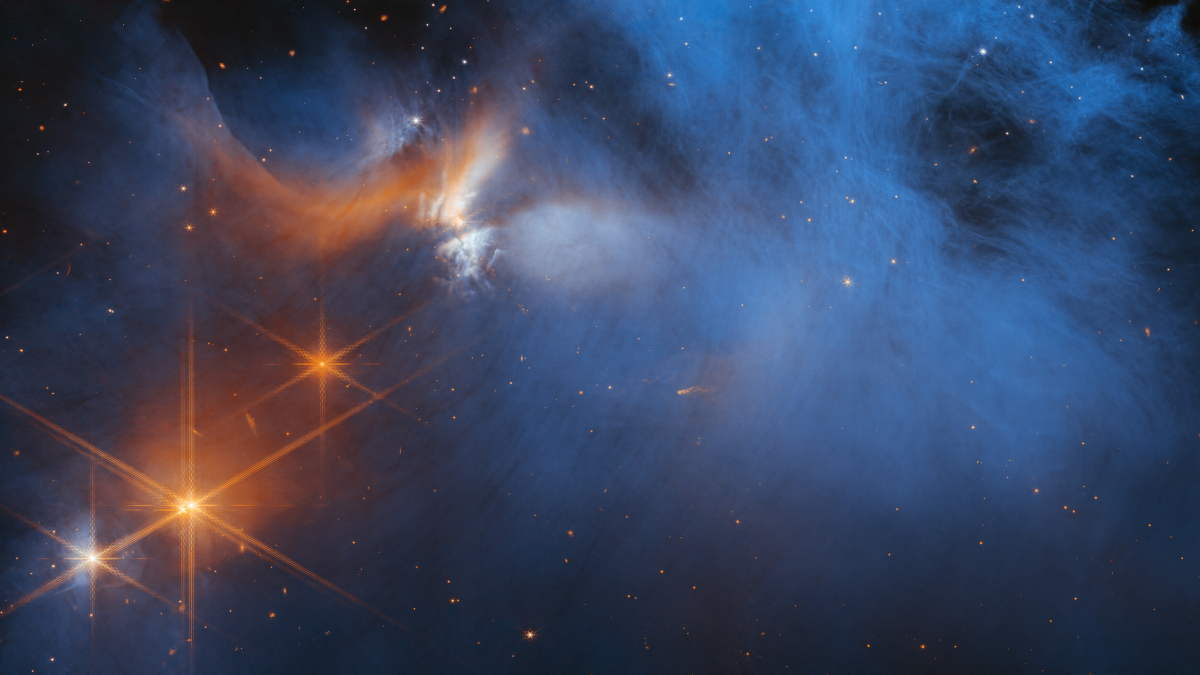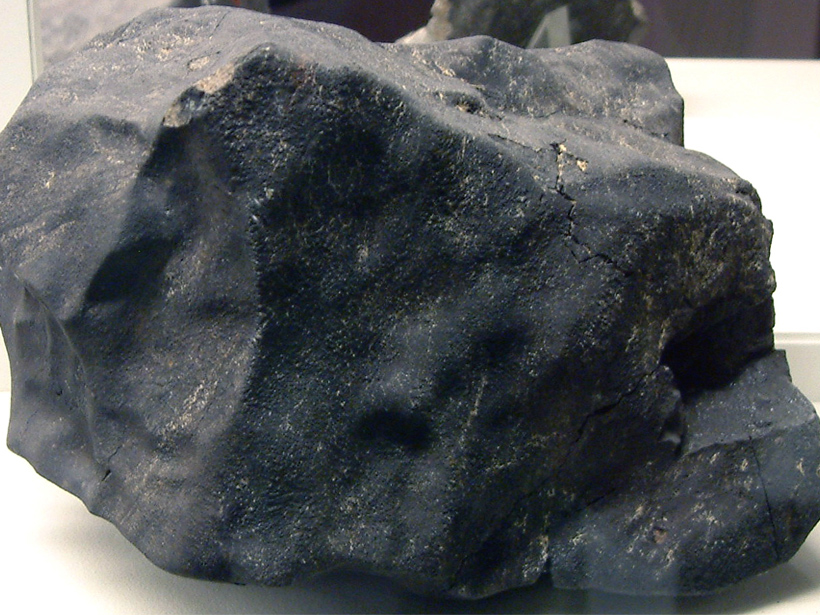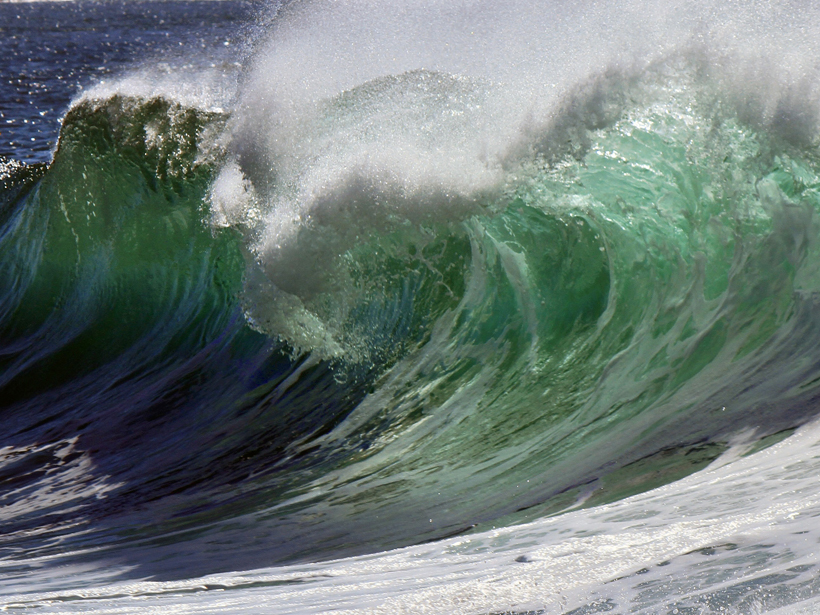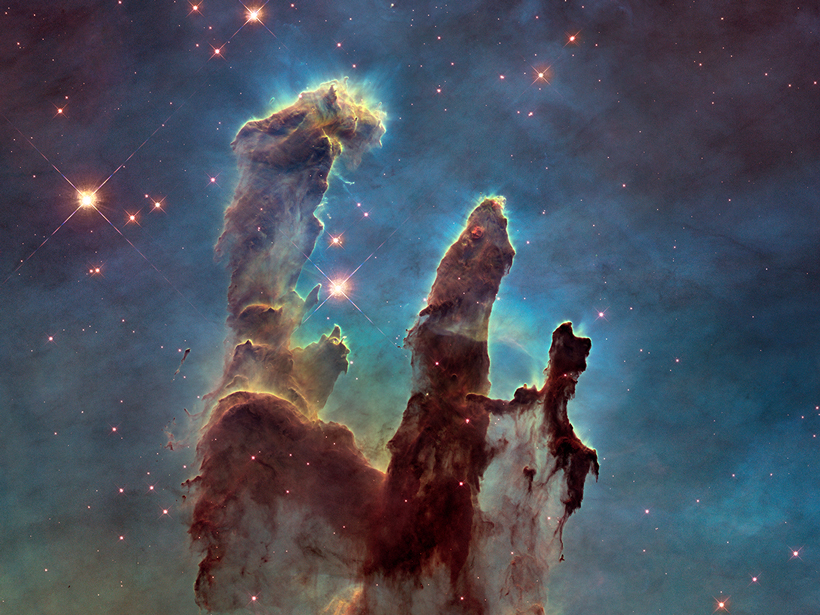The presence of complex organic molecules such as methanol, ethanol, and acetaldehyde in a molecular cloud suggests that these and simpler ices might be available to planetary systems right from the start.
nebulae
Posted inNews
The First Look at Our New Astronomy Paradigm
Five galaxies, two nebulae, an exoplanet, and the early universe—JWST’s first images provide a cross section of the science yet to come.
Posted inEditors' Highlights
Magnetic Record of Early Nebular Dynamics
Magnetized particles in a meteorite suggest strong magnetic fields in the early solar nebula.
Posted inNews
Dust Older Than the Sun Sheds Light on Galactic History
A small pile of dust grains older than the Sun brings new evidence about the rate at which stars are born in the Milky Way.
Posted inNews
Earth's Water Came from Space Dust During Planetary Formation
A new analysis of lava from the deep mantle indicates that water-soaked dust particles, rather than a barrage of icy comets, asteroids, or other bodies, delivered water to the newly forming Earth.
Posted inFeatures
Hubble's Legacy: The Pillars of Creation
The Pillars of Creation remains to this day Hubble's most iconic view of the cosmos.
Posted inFeatures
The Art and Science of Hubble's Images
How do Hubble images get their vivid colors and subtle shading?







